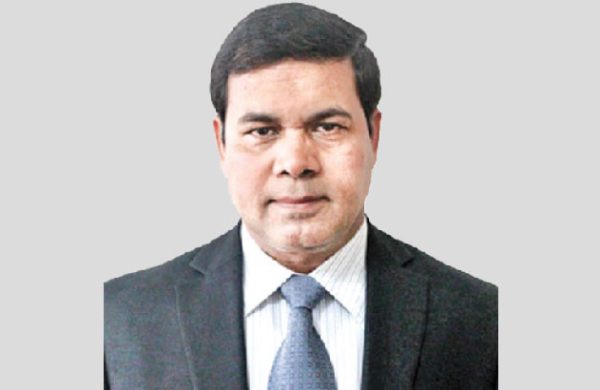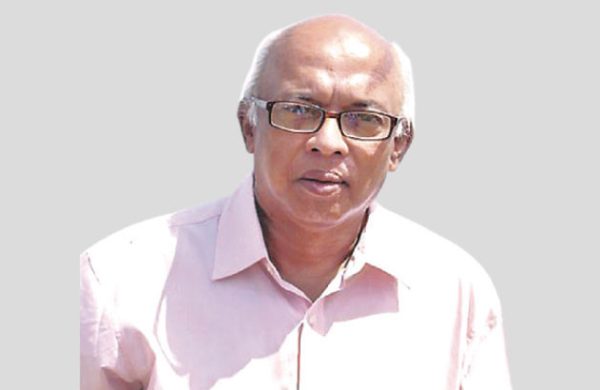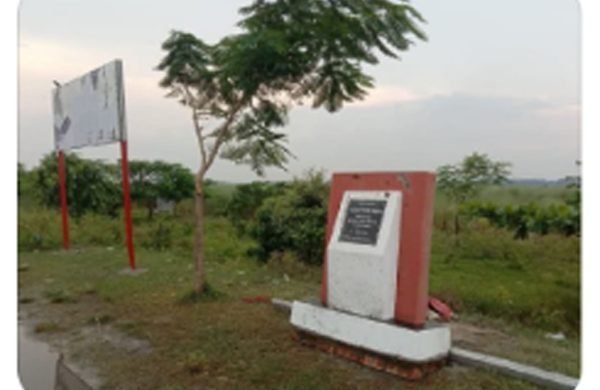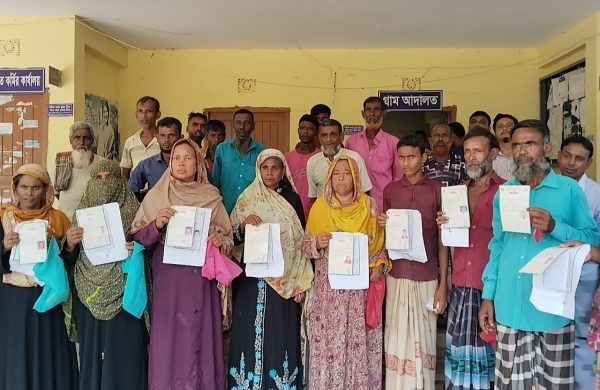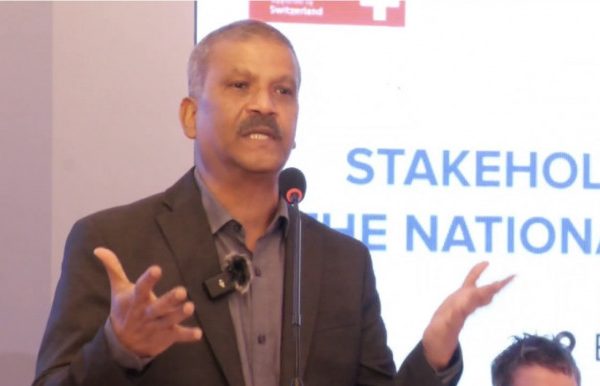Challenges and opportunities for our energy transition
- Update Time : Thursday, April 24, 2025

—Musharraf Tansen—
Bangladesh stands at a critical juncture in its energy journey. With a rapidly growing economy, a burgeoning population exceeding 170 million, and escalating energy demands, the nation faces the dual challenge of ensuring energy security while transitioning to a more sustainable and resilient energy system. This op-ed explores the current state of Bangladesh’s energy system, identifies the barriers hindering its energy transition, and highlights the opportunities that can be harnessed to accelerate this transformation.
Current energy landscape: Bangladesh’s energy sector has witnessed significant growth over the past decades. The country’s installed power generation capacity reached approximately 22,215 megawatts (MW) as of 2024, a substantial increase from previous years. Despite this progress, the energy mix remains heavily reliant on fossil fuels, with natural gas, coal, and oil accounting for the majority of electricity generation. Renewable energy sources contribute a modest 4.5% to the total installed capacity, with solar power comprising 80% of this share.
The government’s ambition to increase the share of renewables to 15% by 2030, 40% by 2041, and 100% by 2050 reflects a commitment to sustainable energy development. However, achieving these targets necessitates addressing several systemic barriers.
Barriers to Energy Transition: Overdependence on imported fossil fuels: Bangladesh’s energy security is compromised by its heavy reliance on imported fossil fuels. The volatility of global fuel prices, as evidenced during the Russia-Ukraine conflict, has led to increased electricity generation costs and significant subsidy burdens. In the fiscal year 2021-22, the power sector’s subsidy burden escalated to approximately US$2.82 billion. This financial strain limits the government’s capacity to invest in renewable energy infrastructure and technologies.
Limited land availability: As one of the world’s most densely populated countries, Bangladesh faces acute land scarcity, posing a significant challenge for large-scale renewable energy projects. The competition for land use between agriculture, habitation, and energy infrastructure necessitates innovative solutions, such as rooftop solar installations and floating solar systems, to optimize space utilization.
Grid infrastructure constraints: The existing electricity grid infrastructure is ill-equipped to handle the variability and intermittency associated with renewable energy sources. The lack of modern grid management systems, energy storage solutions, and smart grid technologies hampers the integration of renewables into the national grid, leading to inefficiencies and potential reliability issues.
Policy and regulatory challenges: While the government has introduced policies to promote renewable energy, such as net metering guidelines, the overall policy framework lacks coherence and long-term vision. The absence of a comprehensive, integrated energy and power master plan has resulted in fragmented efforts and limited investor confidence. Additionally, bureaucratic hurdles and inconsistent regulatory practices deter private sector participation and investment in the renewable energy sector.
Financial and investment barriers: The high upfront costs associated with renewable energy projects, coupled with limited access to affordable financing, pose significant challenges. Despite the Bangladesh Bank’s directive for financial institutions to allocate at least 5% of their loan portfolios to green financing, actual disbursements remain below target. Furthermore, the lack of risk mitigation instruments and incentives for investors impedes the mobilization of private capital.
Opportunities for Accelerating Energy Transition: Harnessing renewable energy potential: Bangladesh possesses substantial untapped renewable energy resources. Estimates suggest that the country can integrate 1,700MW to 3,400MW of solar power during daylight hours and 2,500MW to 4,000MW of wind power at night, subject to technical and economic feasibility. Capitalizing on these resources can significantly reduce dependence on imported fuels and enhance energy security.
Development of integrated energy and power master plan: Formulating a comprehensive, integrated energy and power master plan is crucial for aligning renewable energy development with national goals. Such a plan should encompass clear targets, timelines, and strategies for phasing out inefficient fossil fuel-based power plants, promoting renewable energy adoption, and modernizing grid infrastructure.
Promotion of rooftop solar and distributed generation: Given land constraints, promoting rooftop solar installations on industrial, commercial, and residential buildings offers a viable solution. Removing the current cap on rooftop solar capacity, waiving import duties on essential equipment, and providing incentives can stimulate widespread adoption and contribute to decentralized energy generation.
Enhancement of grid infrastructure and smart technologies: Investing in modernizing the electricity grid, incorporating smart grid technologies, and developing energy storage solutions are essential for accommodating higher shares of renewable energy. These upgrades will improve grid stability, efficiency, and resilience, facilitating the seamless integration of variable renewable energy sources.
Attracting investment through policy reforms: Implementing transparent and consistent policies, streamlining regulatory processes, and offering fiscal incentives can attract domestic and foreign investment in the renewable energy sector. Establishing a government-backed Super Energy Service Company (Super ESCO) can also play a pivotal role in financing and implementing clean energy projects.
Leveraging international partnerships and climate finance: Bangladesh can explore partnerships similar to the Just Energy Transition Partnerships (JETPs) adopted by countries like Indonesia and Vietnam. Engaging with international donors, multilateral development banks, and climate funds can mobilize the necessary financial resources and technical expertise to support the country’s energy transition.
Bangladesh’s journey towards a sustainable energy future is fraught with challenges, but the opportunities are equally compelling. By addressing systemic barriers and leveraging its renewable potential, the nation can pave the way for an energy transition that not only ensures energy security but also aligns with global climate goals. Strategic planning, financial innovation, and regional cooperation will be pivotal in realizing this vision.
——————————————————
The writer is a development analyst and former Country Representative of Malala Fund






